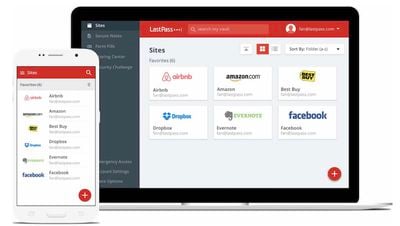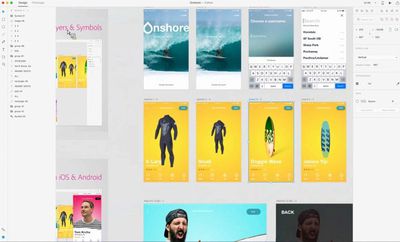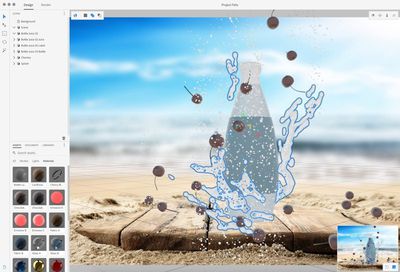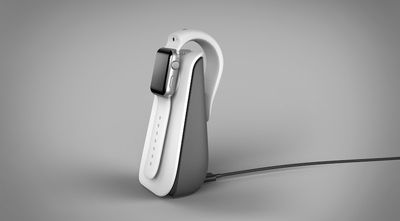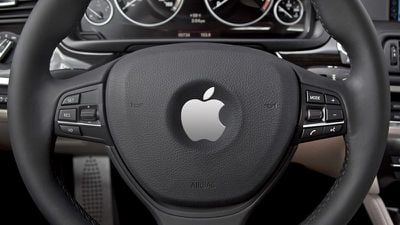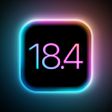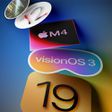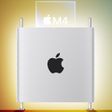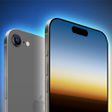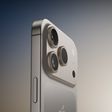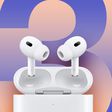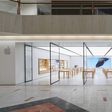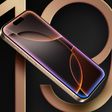During a quarterly earnings meeting yesterday, Facebook founder and CEO Mark Zuckerberg briefly commented on the status of the company's mobile app experience, mentioning a belief that "a text box is still the default way we share." As reported by Bloomberg, the CEO said that the next step for Facebook on smartphones is a camera-first experience that changes status updates from simple written posts to dynamic photos and videos.
As it stands, when the Facebook app is opened today users must click on "Photo" at the top of the app to begin a status update, then navigate to the Camera icon among their photos in order to take a picture or record a video. Zuckerberg's vision is one more akin to Snapchat's camera-first user interface, but on Facebook it's described as "a swipe away," hinting that it could be introduced as a new left-to-right swipe, replace the friends list currently in the menu that appears after a right-to-left swipe, or come in from the top of the screen.
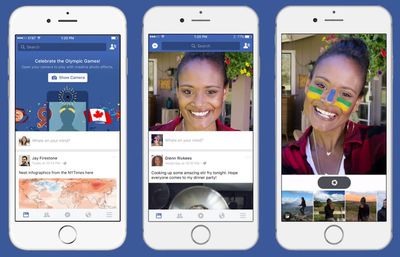
"In most social apps today, a text box is still the default way we share,” Zuckerberg said. “Soon, we believe a camera will be the main way that we share.”
The Facebook camera itself will be updated with new features as well, including new augmented reality filters -- like the ones that appeared on Halloween -- and "have many of the same features Snapchat has," according to AdAge. Facebook's move to put itself more in line with Snapchat has stretched into its other apps, including Instagram, and the new camera-first mindset from the social media company is said to be something it's looking to implement in Facebook Messenger (which it's already begun to do) as well as WhatsApp.
For the third quarter, Facebook reported that sales grew 56 percent to $7.01 billion, 84 percent of which was generated on mobile devices. In total, advertising sales account for more than 97 percent of the company's revenue, but CFO David Wehner mentioned that the company will begin "limiting its ad load" so as not to turn away daily users, which rose to 1.18 billion in Q3 2016.
In regards to the new camera-focused update, Zuckerberg said that "it will start to roll out broadly across the world, hopefully sooner rather than later." In a small test in Brazil and Canada, Facebook tried out a Snapchat-like experience in its iOS app over the summer, updating it in those countries with a front-facing camera that appears when users open the app and letting them add various themes and filters onto their selfies inspired by the Olympics.


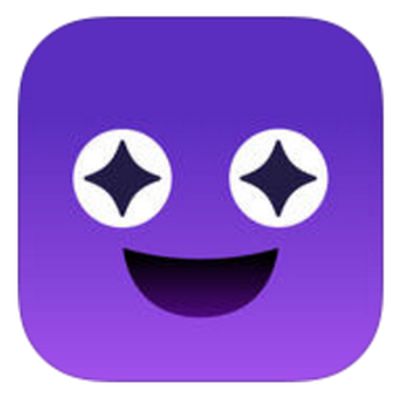 The creators of discontinued short-form video service Vine have announced a new live streaming app for iOS called Hype.
The creators of discontinued short-form video service Vine have announced a new live streaming app for iOS called Hype.
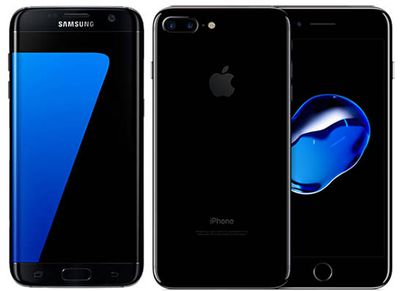
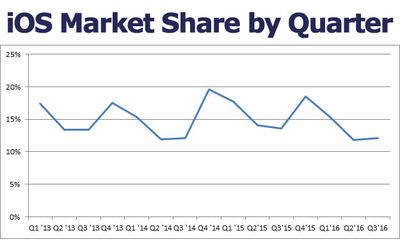

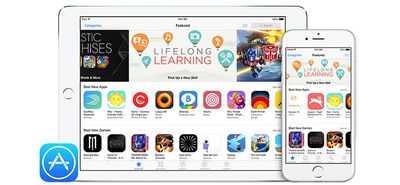
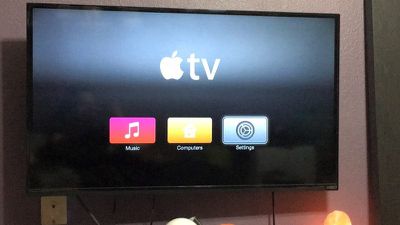
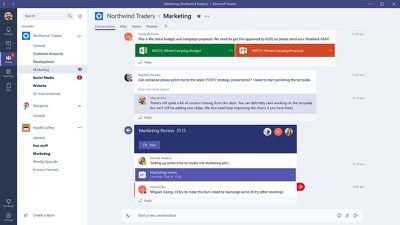




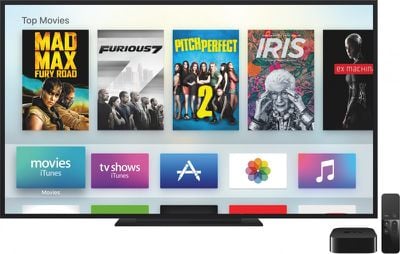
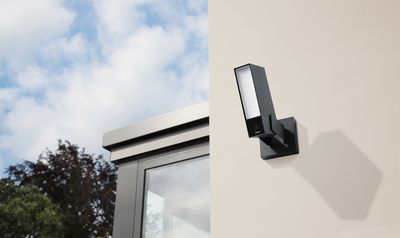
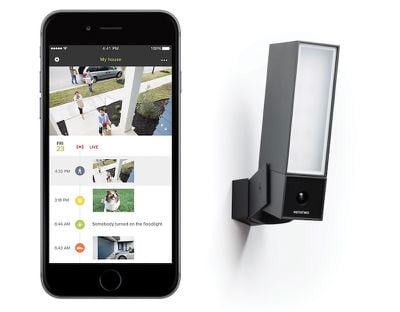
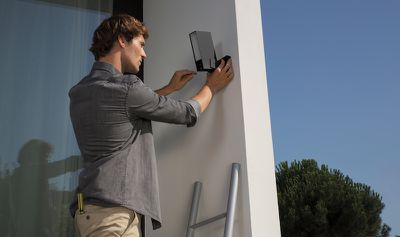
 Schiller said the
Schiller said the 
